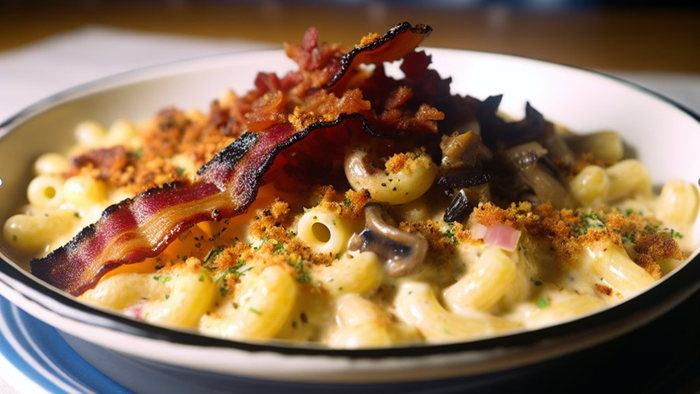7 Essential Steps to Menu Development7 Essential Steps to Menu Development
7 Essential Steps to Menu Development
January 21, 2020

As each new year rolls around, catering and hospitality companies undergo the never-ending cycle of menu development. For most, this process is rushed. We continually come across scenarios where companies have a great culinary team that executes successful events, but there is a lack of creativity and the process is slow.
This often results in the sales team creating new or custom menu items faster than the culinary team can properly research and create a menu. There is a separation of ownership. Is sales or culinary driving menus?
Larger organizations may have dedicated team members that exclusively focus on menu development and R&D, but this is rare for many. These culinary positions generally revolve around client tastings for weddings and galas. In reality, menu development falls on the chef and may happen after everything else they need to get done.

The ultimate goal of menu development
Menu development should follow a defined and scheduled process that’s team-orientated and allows collaboration between sales, culinary, event design and preferred vendors. This is very important especially when you start to get input, requests and feedback from the process that reveals a need for, for example, more globally-focused menu items or options.
Global cuisine inside menu development requires a more fine-tuned process. It is key that all departments have accurate information like correct spelling, accurate ingredient specifications, allergen and dietary data and service needs. There is so much more to consider and do outside pulling the first recipe you find on the internet.
The steps
The menu development process should follow a cohesive, consistent and proactive plan. This will result in stronger menus that resonate more with your guests. Here are the basic steps:
Conduct a menu assessment
Define the needs
Do your homework
Explore and taste
Create and present
Get feedback
Establish pricing
See John Reed at Catersource! Registration is NOW OPEN for Catersource 2020, co-located with The Special Event! Click here for more information or to register!
1. Conduct a menu assessment
The first step is very important. This is where you review your current menus and prioritize what’s working, what’s not and what can be enhanced. This is also where you can introduce new items. Go through each menu item by item and label each one using the following directional: Keep, Modify, Delete or Add.
2. Define the needs
We’re all familiar with special requests in the menu process for weddings and galas. This process is the same for new menus. Based on the assessment you’ve conducted, it’s important to determine the following needs:
Items to be added or adjusted
Location on the menu
Flavor profiles or cuisine
Price points
3. Do your homework
Research is the fun part! Your team reads through the cookbooks and various reputable culinary sources. This is also the time to explore social media, get inspiration and observe any exciting conversations happening around food and events.
4. Explore and taste
Don’t just hang out online. Go out into the world as a team! Dine, explore markets or even treat the team to a delivered meal from a new restaurant. Providing your team with culinary education is important to innovation.
5. Create and Present
Get into the kitchen, grab a notepad and start developing dishes that fit the defined needs and represent your culinary style and program. This is what the profession is about after all—making the food for ourselves!
6. Get Feedback
Arrange several tastings. Whether you arrange them on the fly or coordinate more formal presentations or focus groups involving key customers or the internal team—it’s important to get that valuable input and insight.
7. Establish Pricing
The final stage allows you to fine-tune everything. Re-read the recipes, check the spelling, select service pieces and price accordingly!
As for where to do the research, the internet is a great place to see, learn and conceptualize a dish. I am still rather old school and like to surround myself with books. Over the many years of cooking and training for the certification process I have amassed a good selection of books on global cuisine.
Happy Eating!





.png?width=700&auto=webp&quality=80&disable=upscale)



